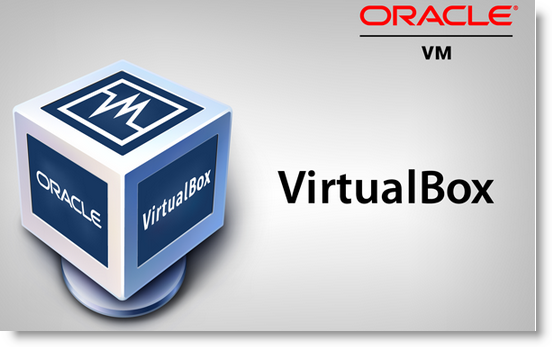

VirtualBox creates virtual machines and supports many guest Operating Systems. VirtualBox is a free open source cross platform Virtualization Software which runs on Linux, Mac, Solaris, and Windows hosts. Reboot the VM after the desktop is installed.I will show you how to install VirtualBox virtual machines software on Ubuntu 12.04/12.10/13.04/13.10, Linux Mint 15/16, Fedora 18/19, CentOS/Red Hat (RHEL) 6.4/5.10 in this article. To convert this ubuntu VM to a desktop - ssh to the VM and run the command 'sudo tasksel install ubuntu-desktop'. Install the vagrant plugin vagrant-vbguest' to keep the virtual box extensions up to date - vagrant plugin install vagrant-vbguest Vagrant up - start the VM (will download the base box if required) If you are using virtualbox I recommend using the vagrant plugin 'vagrant-vbguest' to automatically keep your virtualbox extensions up to date. Type 'gns3' to start the gns3 application. To get access to the gns3 gui, run the command 'ssh -p 2222 -X ' from your host environment. I typically use this scenario with Mac OS X and virtualbox/fusion with X Windows support. vagrant up will download the base box, install IOU and the GNS3 gui - all automatically. Open a shell and change to your directory where you downloaded the file Create a directory and extract and copy the attached files to it. The server install can be easily converted to a desktop install if you prefer a gui. The setup is fairly straight forward and uses ubuntu 13.10 i386 server as the base box. I use vagrant and automatically setup and install GNS3 both as a linux VM for IOU and the GNS3 gui. The base box is a publicly available box from.

It uses the concept of a base box (eg debian/ubuntu etc) which is typically a minimal OS only install. Vagrant ( ) is a way to quickly build a repeatable development environment.


 0 kommentar(er)
0 kommentar(er)
